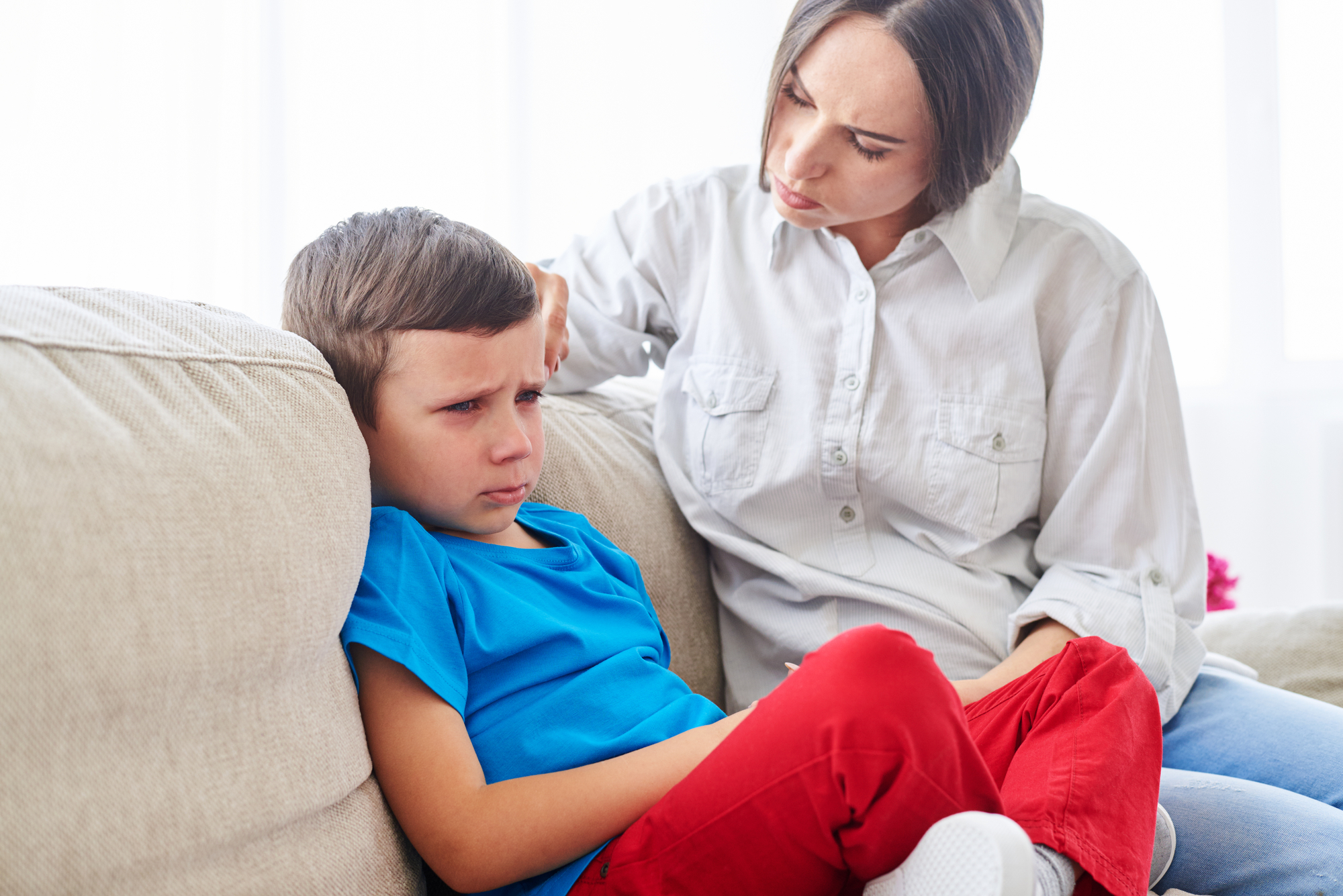Identifying emotions can be challenging for adults. Let alone for kids.
All the more reasons why parents need to start talking and teaching their children about emotional intelligence at an early age.
Basic emotions such as being happy, sad, scared, or angry are easier to recognise. Still, complex emotions such as shame, anxiety, and frustration can be much more complicated.
Kids need to be able to identify different ranges of emotions to understand them better.
Research reveals that children who learn to manage their emotions are more successful and healthy long-term.
By learning to regulate their feelings constructively, kids can build healthier relationships with peers and adults, show improved performances at school, and stay strong and confident throughout life.
How do you teach kids to identify emotions? Let’s first dig into the core of the problem and learn some valuable tips.
What Are Emotions? Primary & Secondary Emotions
Gheorg Founder and CEO Dr. Louise Metcalf says emotions are how we navigate the world. We can recognise when we feel unhappy and when we feel happy.
You can start by understanding that there are different types of emotions: primary and secondary. Primary emotions such as happiness, sadness, fear, and anger are basic feelings everyone experiences.
We don’t control them, and they come up quickly in reaction to a situation.
Meanwhile, secondary emotions are complex feelings created by our thoughts about the situation, such as guilt, pride, or disappointment. These require more review and processing before we can recognise them.
Emotions are a fundamental aspect of human nature. They are complex, often misunderstood, yet essential for physical and mental well-being. Reflecting on our feelings can also help us build self-awareness and emotional intelligence.
Why Do Kids Need to Understand Emotions and How to Process Them
We’ve all seen kids meltdown or raise their voices when frustrated. But that’s not even the worst of it. Anxiety in children like when kids don’t understand or manage their emotions, it can result in communication disorders, destructive behavior, and even physical harm.
You probably wonder if managing emotions is considered a ‘skill.’ The answer is yes. Here are some of the benefits of having your child learn emotional awareness and intelligence skills:
- It helps your child express their feelings in appropriate ways.
- Deal with strong emotions.
- Control negative impulses and behave in socially acceptable ways that don’t harm themselves or others.
- Children who recognise, understand, and manage their emotions are better equipped to succeed in social interactions and develop healthy relationships with those around them.
Furthermore, developing skills to manage emotions effectively allows individuals to cope with change and uncertainty more successfully.
Identifying the range of emotions within oneself, such as anger, sadness, shame, or joy, gives individuals a greater understanding of their world and allows them to build meaningful relationships along the way.
Learning how to respond positively in negative situations can be challenging, but it can also help people achieve a more balanced emotional state. Strong emotion management skills are invaluable for children in their late adolescence.
How to Teach Kids to Identify Emotions
Teaching kids to identify their emotions is an essential skill that will help them become emotionally healthy adults. Therefore, it is the responsibility of parents and guardians to instill these values in their children.
Parents can help by modeling appropriate emotional responses, creating a safe environment for open discussion, and pointing out physical reactions associated with different feelings.
Additionally, reading stories together can help children learn how others handle various emotions and provide them with language they can use to describe their own.
Encourage kids to talk about their feelings and ask open-ended questions such as “What do you think made you feel that way?” or “How are you feeling right now?”
Finally, it’s important to remember not to judge or criticise a child’s feelings but to celebrate the courage it takes to express themselves.
With these tips, parents can create an atmosphere of understanding and support that will foster emotional growth in children, allowing them to cope with stressors and anxieties as they age into adulthood.
How Can We Help Kids With Self-Regulation?
In addition to the suggestions above, parents and caregivers can set aside time regularly to help kids reflect on and understand their emotions.
Dr Louise Metcalf created the Gheorg app – a fantastic tool for teaching children to recognise and control their emotions as well as provide support for kids with anxiety. Through playful activities with story-based education and breathing exercises, the friendly robot Gheorg app provides children with the tools to identify and understand their emotions, build healthy communication skills, and develop effective problem-solving strategies.









